The February Revolution in Petrograd: How Do These Places from Old Photos Look Now
Two revolutions took place in Russia in 1917. The epicenter was the capital, Petrograd, as St. Petersburg was called during World War I. Let’s take a trip back in time, trace the revolutionary events on the streets of the city and see what these places look like now.
The material was prepared and translated from Russian by Nikita Andreyev, author of the «History on the Ground» blog.
All dates are according to the modern calendar. Photo: pastvu.com, Yandex.Maps.
The author is not a historian, so he relies on simple publicly available information from the first shelf of the Internet. Inaccuracies are possible.
Bread Riots and Worker Strikes
In the winter of 1917, the food shortages in the cities worsened against the backdrop of the protracted war against Germany, Austria-Hungary, and Turkey. Bread ration cards were introduced in Moscow, Kiev, and other cities. It was expected to extend this action to the capital. On March 6, 1917 angry citizens began smashing grocery stores and bakeries, demanding bread.
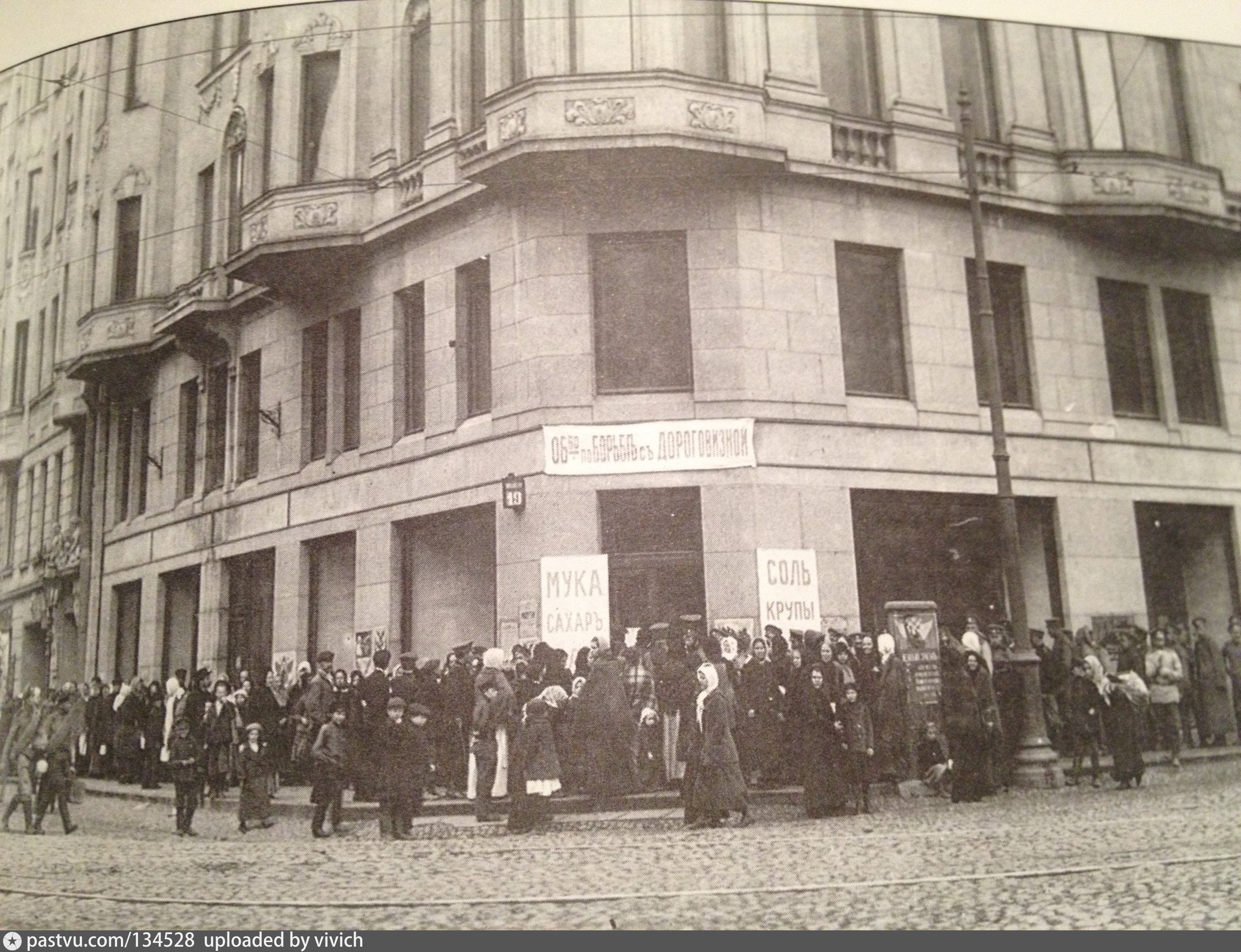

The next day, Emperor Nicholas II goes to Mogilev to the Supreme Command headquarters. On March 8, anti-war meetings in Petrograd degenerated into strikes and riots. The epicenter of events: the Vyborg embankment, Lesnoy Prospekt, Liteiny Bridge and Liteiny Prospekt.
According to the Julian calendar it was the end of February, so the revolution was called the February Revolution.
On March 9, a general strike began. It was joined by Vasilievsky Island, including students. The police are losing control of the situation.
The military are opening the bridges over the Neva, but people are walking to the center right on the ice. Along Nevsky Prospekt all the way to Znamenskaya Square, there are clashes between demonstrators and law enforcement, including shooting and casualties. Today we know Znamenskaya Square as Vosstaniya Square.
Linguistic Note:
- Kirochnaya Street = Lutheran Church Street
- Vosstaniya Street and Square = Rebellion Street and Square
- Lesnoy Prospekt = Forest Avenue
- Liteiny Bridge and Prospekt = Foundry Bridge and Avenue
- Vasilievsky Island = Basil Island
- Nevsky Prospekt = Neva Avenue
- Znamenskaya Square = Our Lady of the Sign Square
Soldier Rebellion
The government responded to the unrest with arrests and shootings, but this was not enough. On March 12, reservists of the Volyn Regiment launched an armed mutiny. Their barracks were in the block between Vilensky Lane and Paradnaya Street.
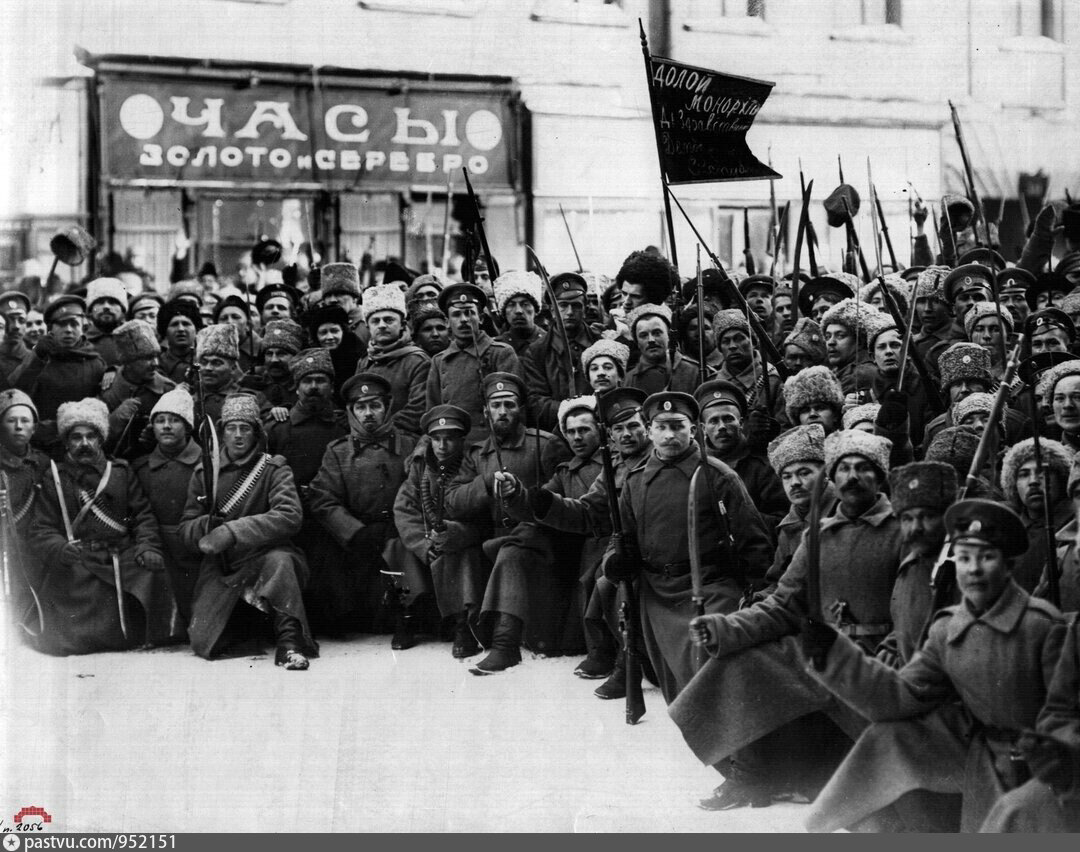

Several neighboring military units joined the uprising. Armed soldiers marched on Liteiny Prospect and joined the striking workers of the military factories. The crowd freed prisoners from prisons and burned down the District Court building on Shpalernaya Street.
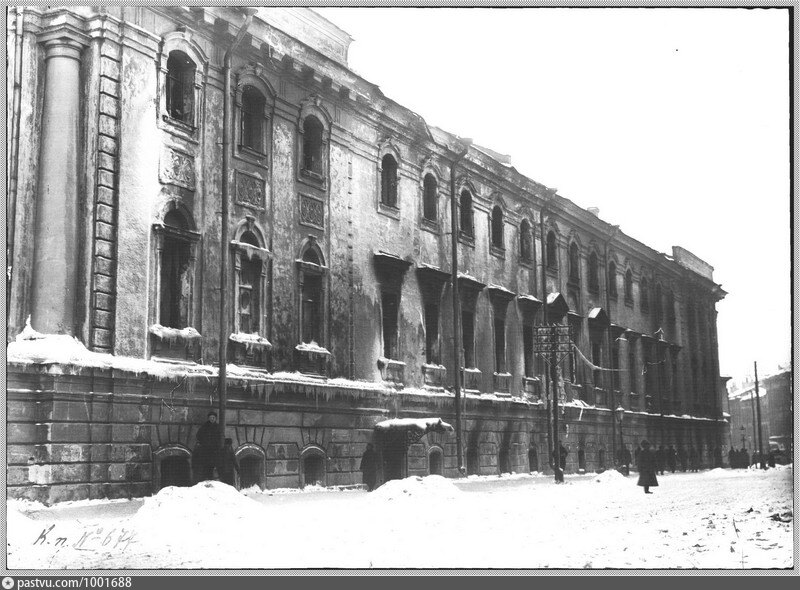



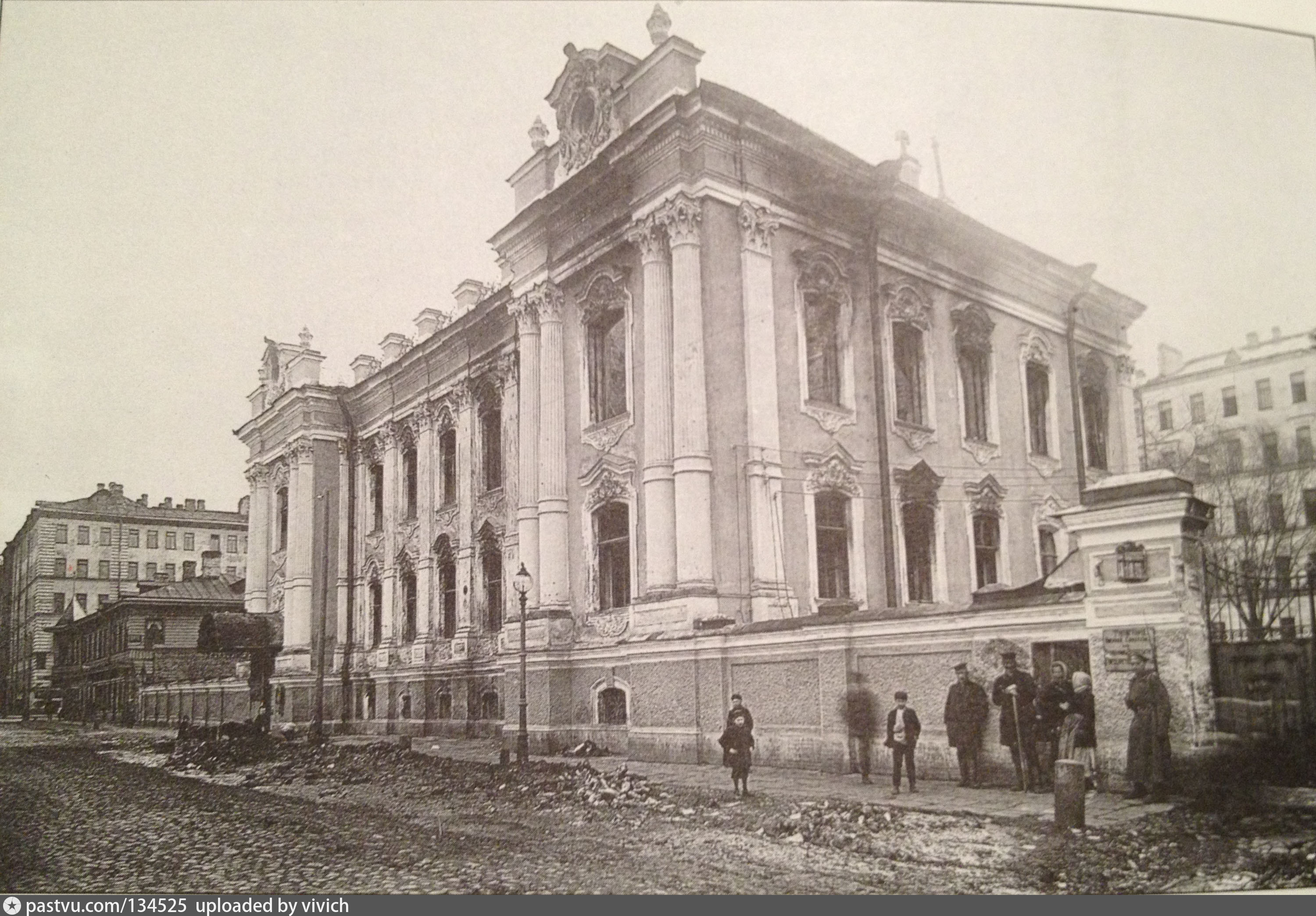

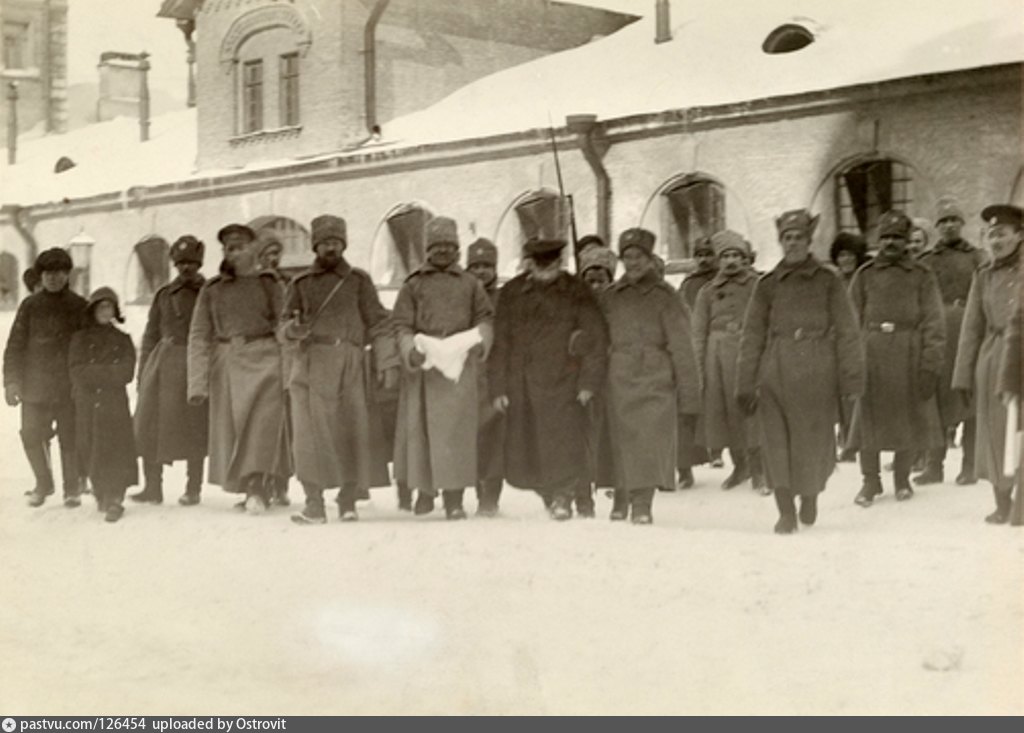

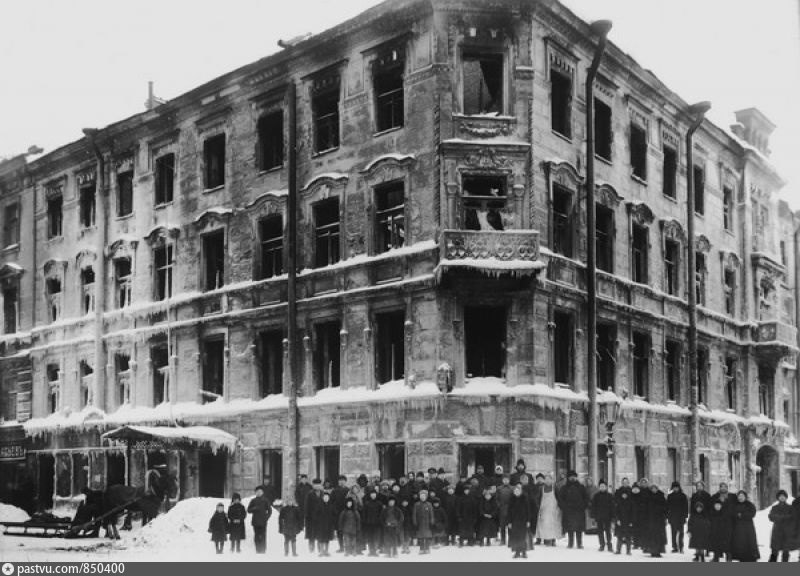

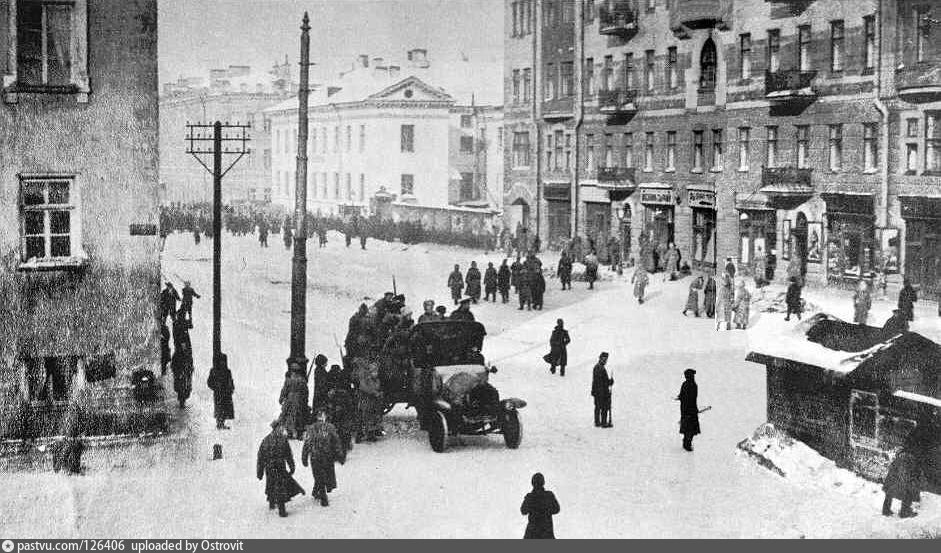

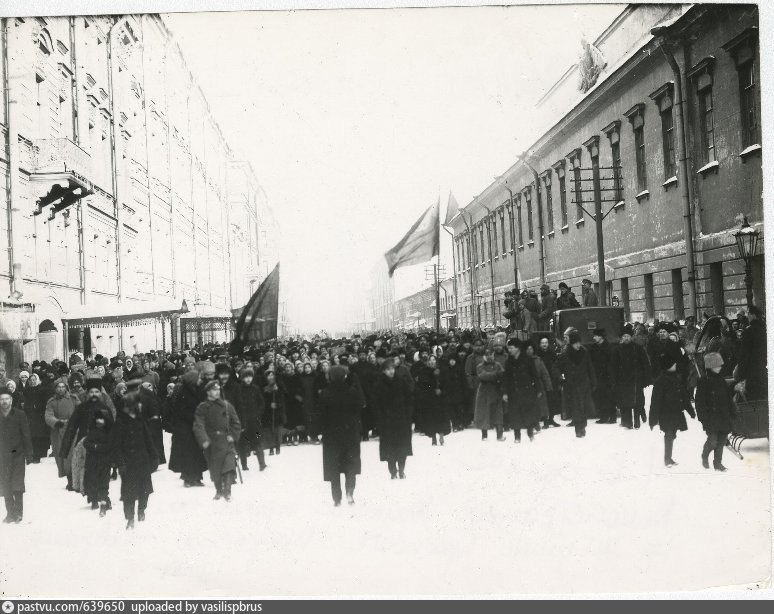

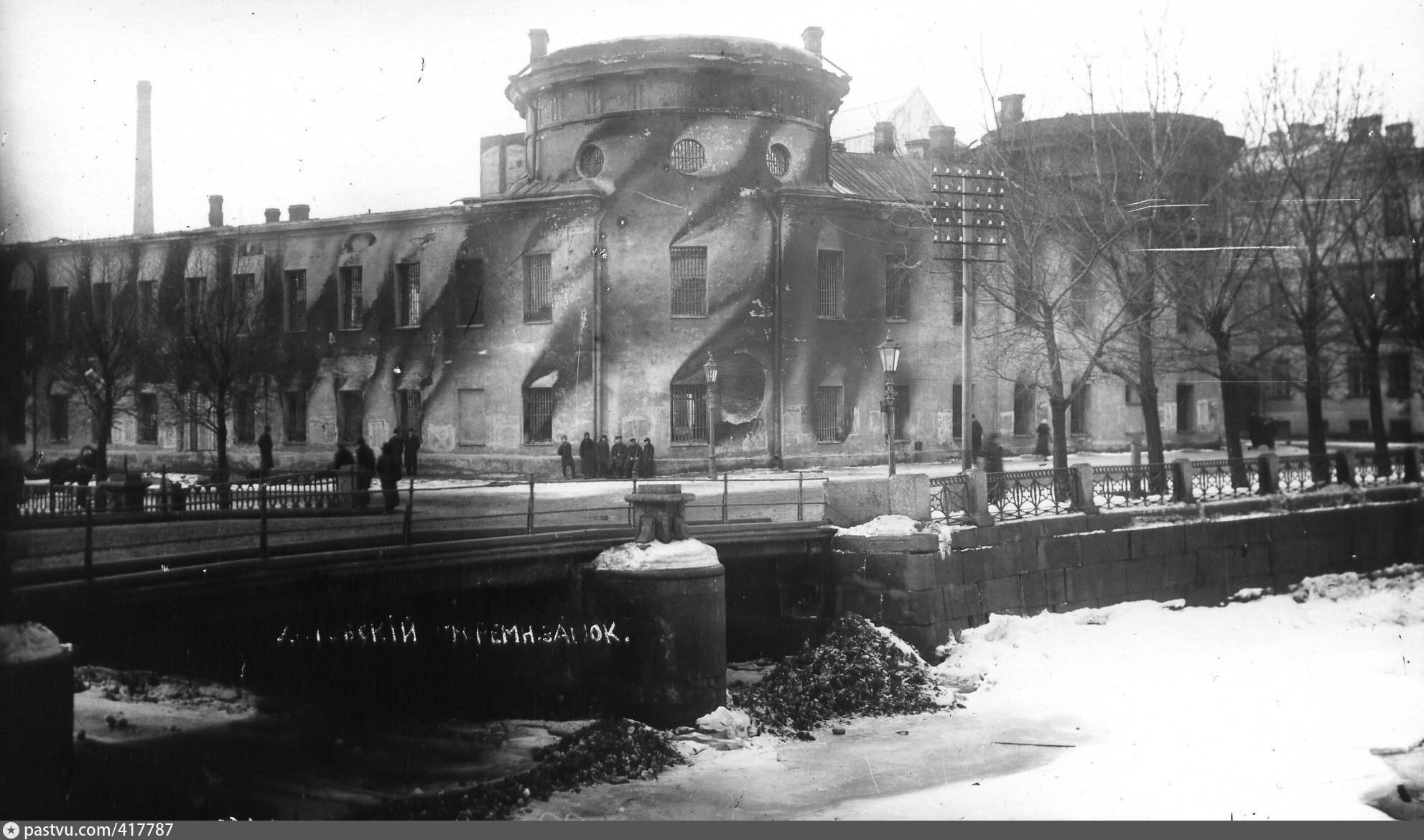

People crossed to the Vyborg side over Liteiny Bridge and joined at the Finland Station with local workers who came from Bolshoy Sampsonievsky and Bezborodkinsky (now Kondratyevsky) avenues.
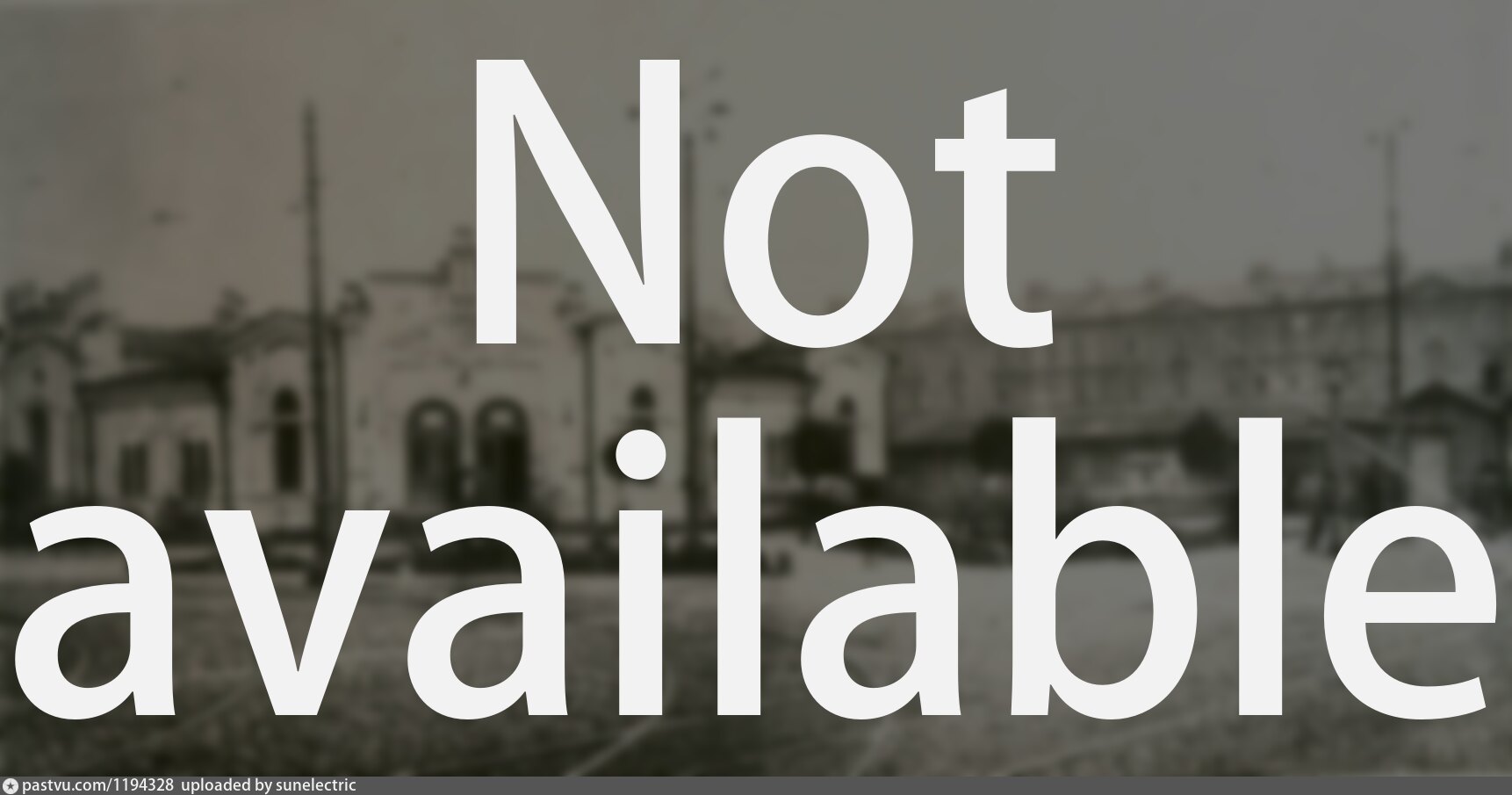

The crowd of workers crossed the Bolshaya Nevka over the Grenadier Bridge and absorbed the soldiers of the Grenadier Regiment. Together with them, the demonstrators advanced along Kamennoostrovsky Prospekt, dislodged the outpost on Troitsky Bridge, and opened the way from the Petrograd side to the center of the city.
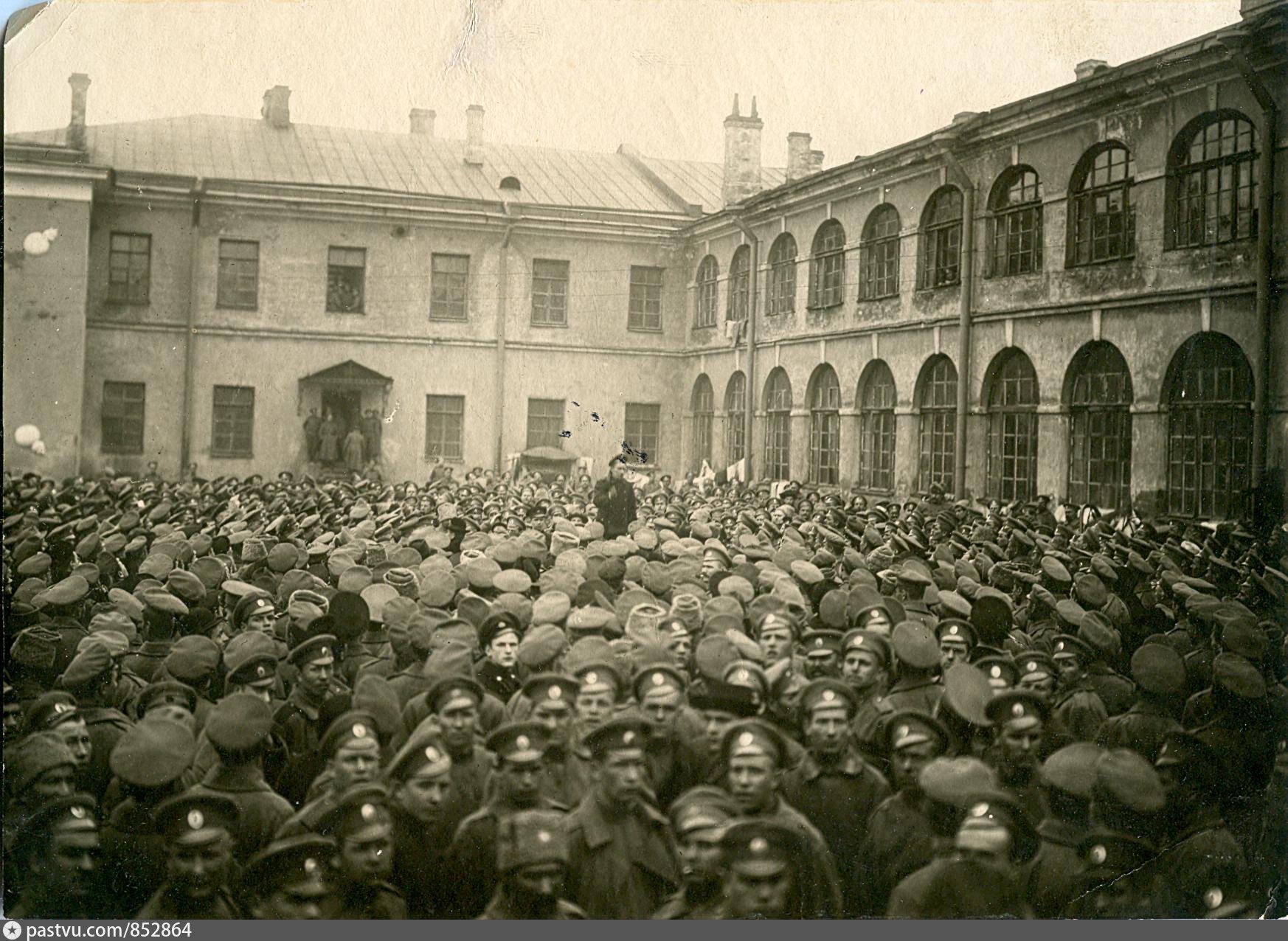

At that time, the bulk of the demonstrators marched from the Finland Station to the «Crosses» along the Arsenalny Embankment and freed the prisoners, including the Socialist-Mensheviks.
Linguistic Note:
- Vilensky Lane = Vilna Lane
- Paradnaya Street = Parade Street
- Shpalernaya Street = Tapestry Street
- Stremyannaya Street = Stirrup Street
- Povarsky Lane = Cook Lane
- Kamennoostrovsky Prospekt = Stone Island Avenue
- Troitsky Bridge = Trinity Bridge
- Karpovka River = Carp River
Change of government
The Mensheviks led the crowd to the Tauride Palace and occupied it. The State Duma of the Russian Empire met in the Tauride Palace. The Duma formed the Provisional Committee and led the revolution. In turn, the Social Democrats formed the Petrograd Soviet of Workers’ and Soldiers’ Deputies (Petrosoviet).
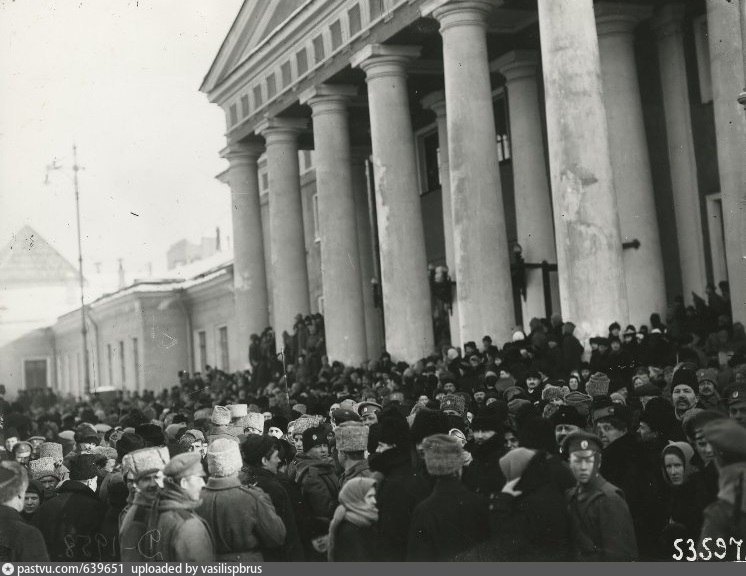
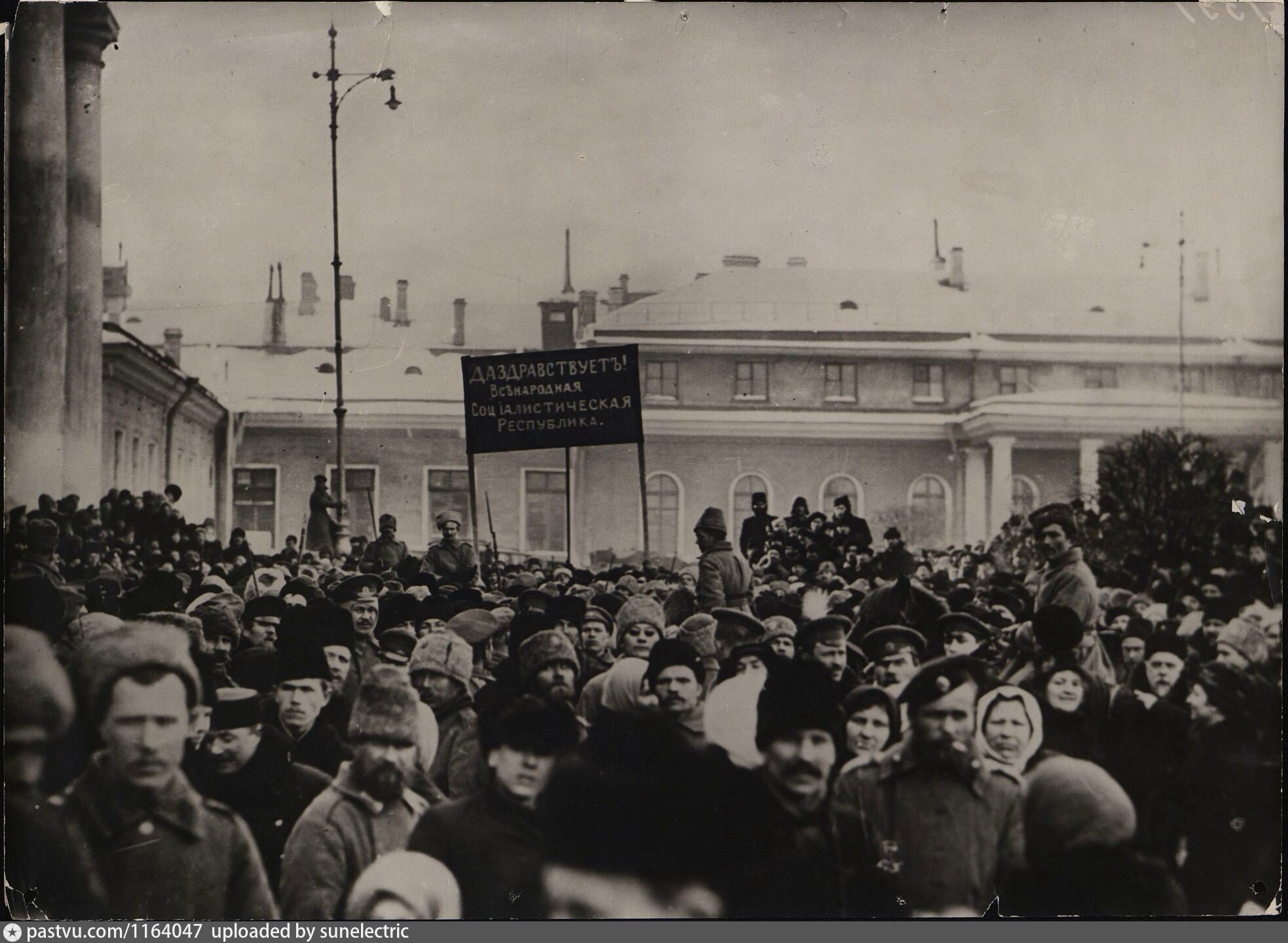
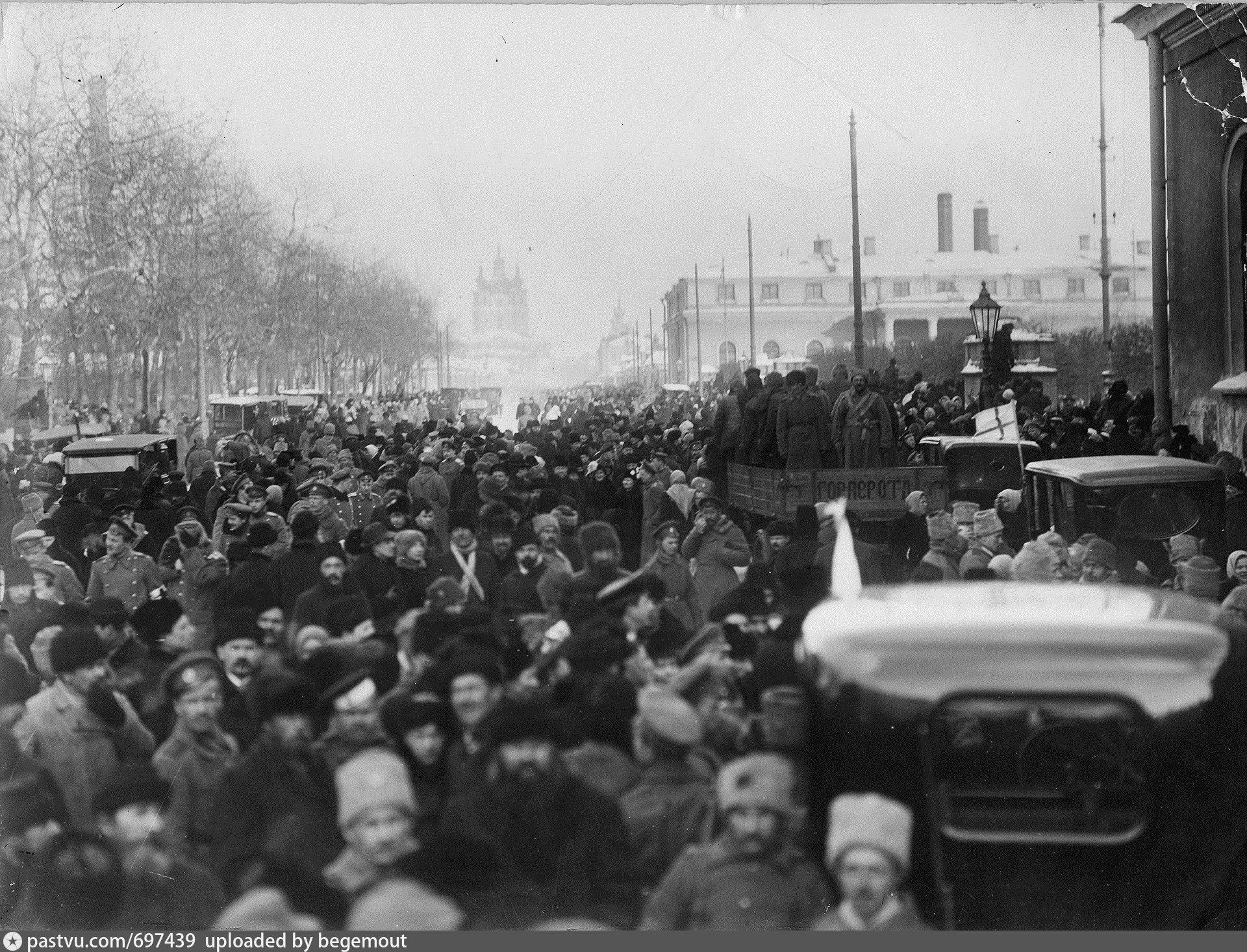

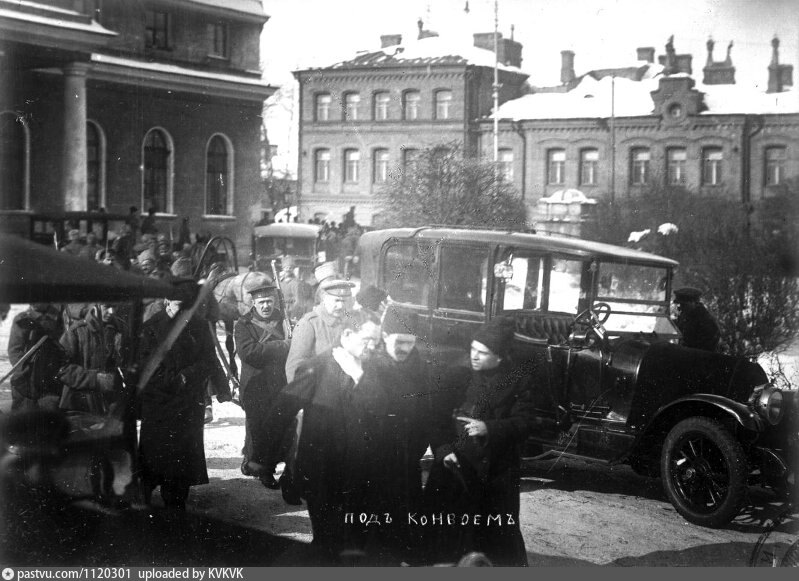
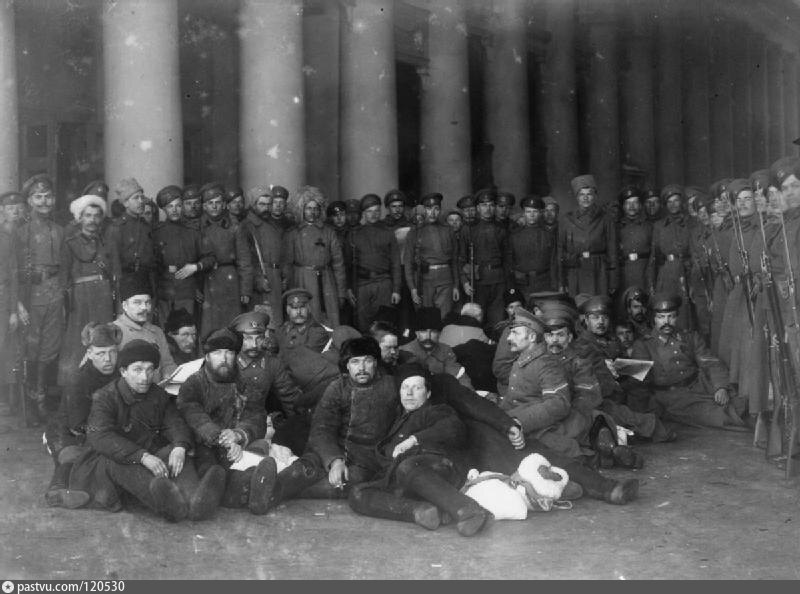
At this time Colonel Kutepov’s detachment on Liteyny Prospect engaged the rebels. This was the only attempt by the tsarist troops to suppress the February Revolution. The most brutal fighting took place at the intersection of Liteyny Prospekt and Sergievskaya Street (now Tchaikovsky Street).
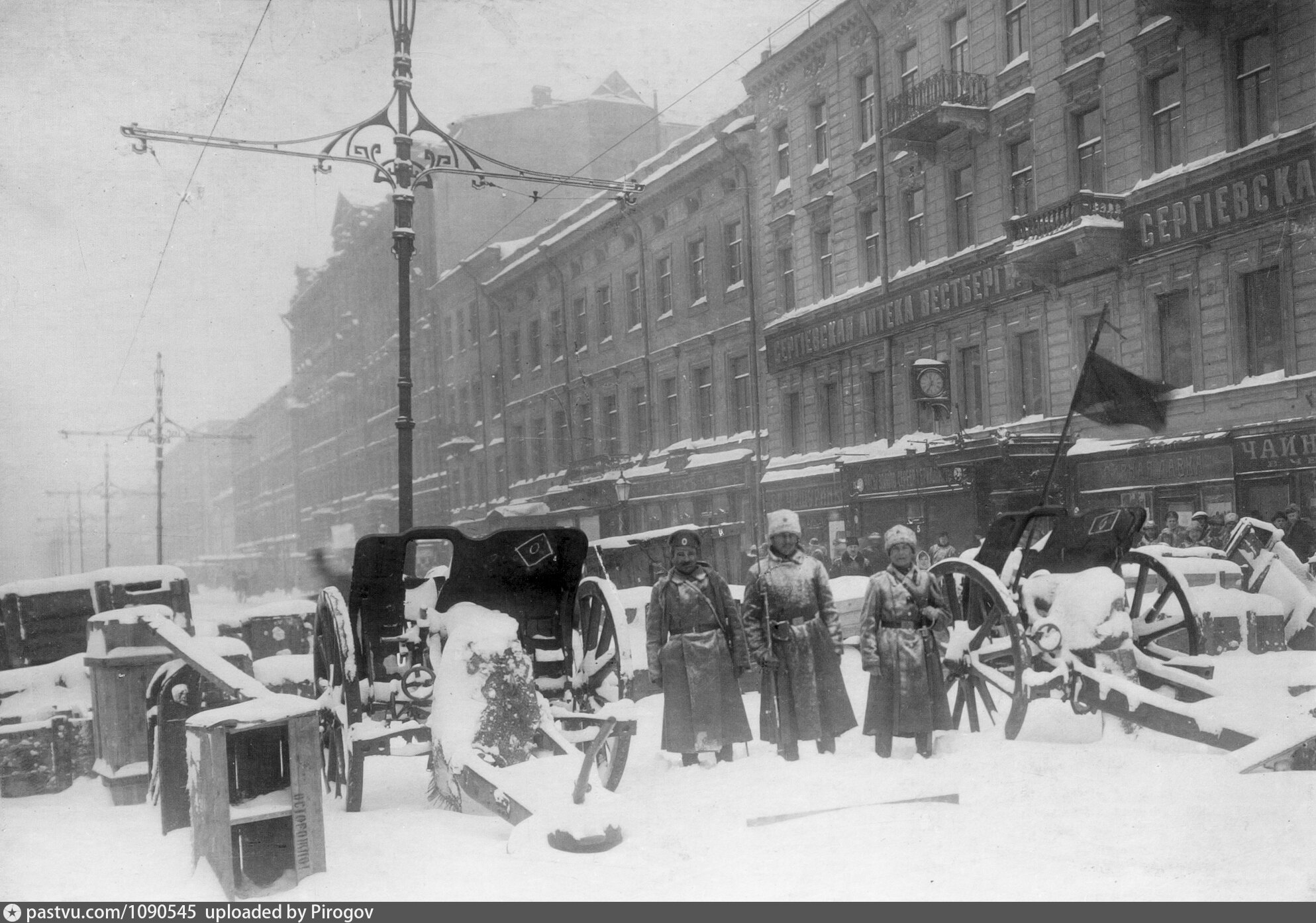

On the next day, March 13, the rebels took the Peter and Paul Fortress and pointed their guns at the Admiralty, where a small number of Tsarist troops were entrenched. Under the threat of shelling, these troops moved to the Winter Palace and then went over to the side of the revolution. Petrograd was completely in the hands of the Provisional Committee, and the situation on the streets calmed down.
On March 14 the sailors of Kronstadt learned of the revolution and revolted. In Moscow, too, riots broke out. The situation finally spiraled out of control.
Abdication of the Tsar
On March 15, the Petrosoviet issued Order No. 1: soldiers were no longer subordinate to officers, but to elected commanders. Dual power was established in Petrograd: the Provisional Committee could only do things that did not conflict with the interests of the Petrosoviet. On the same day Nicholas II abdicated for himself and his son.
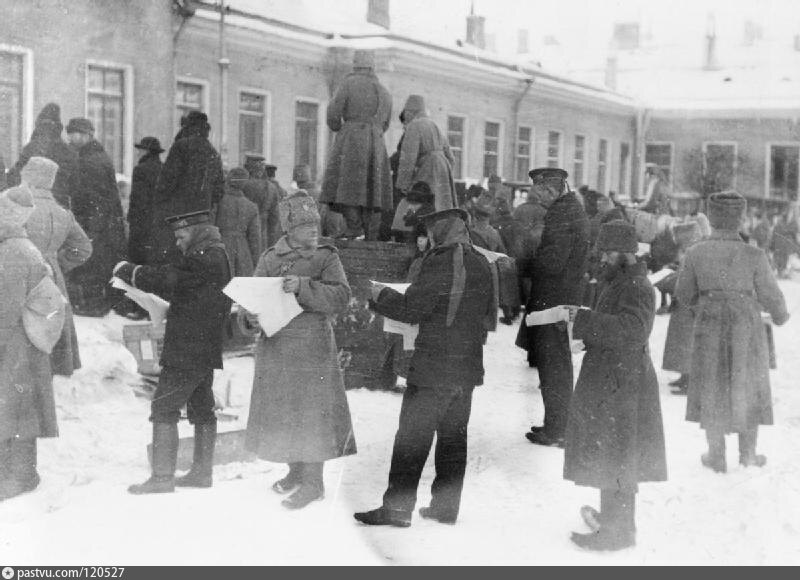
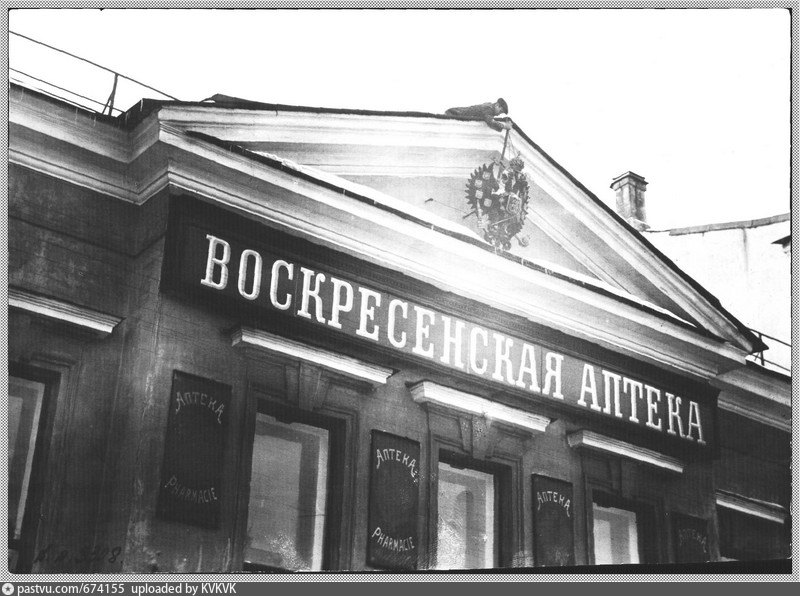

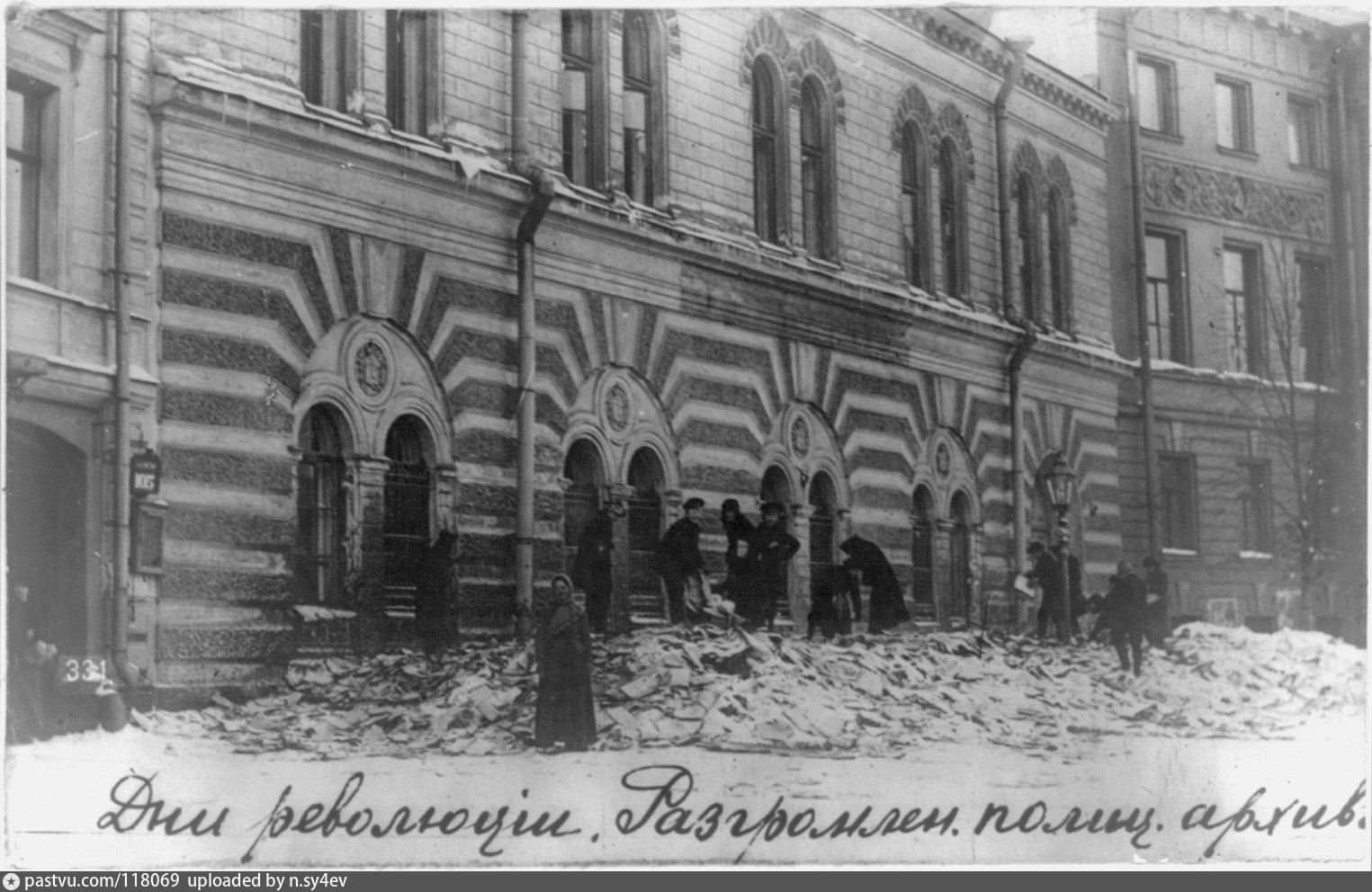

The Provisional Government then persuaded Grand Duke Mikhail Alexandrovich to renounce his claim to the throne. Thus ended the Russian monarchy, although the official decision was postponed for six months, until general elections to the Constituent Assembly, which was to decide democratically the future of Russia.
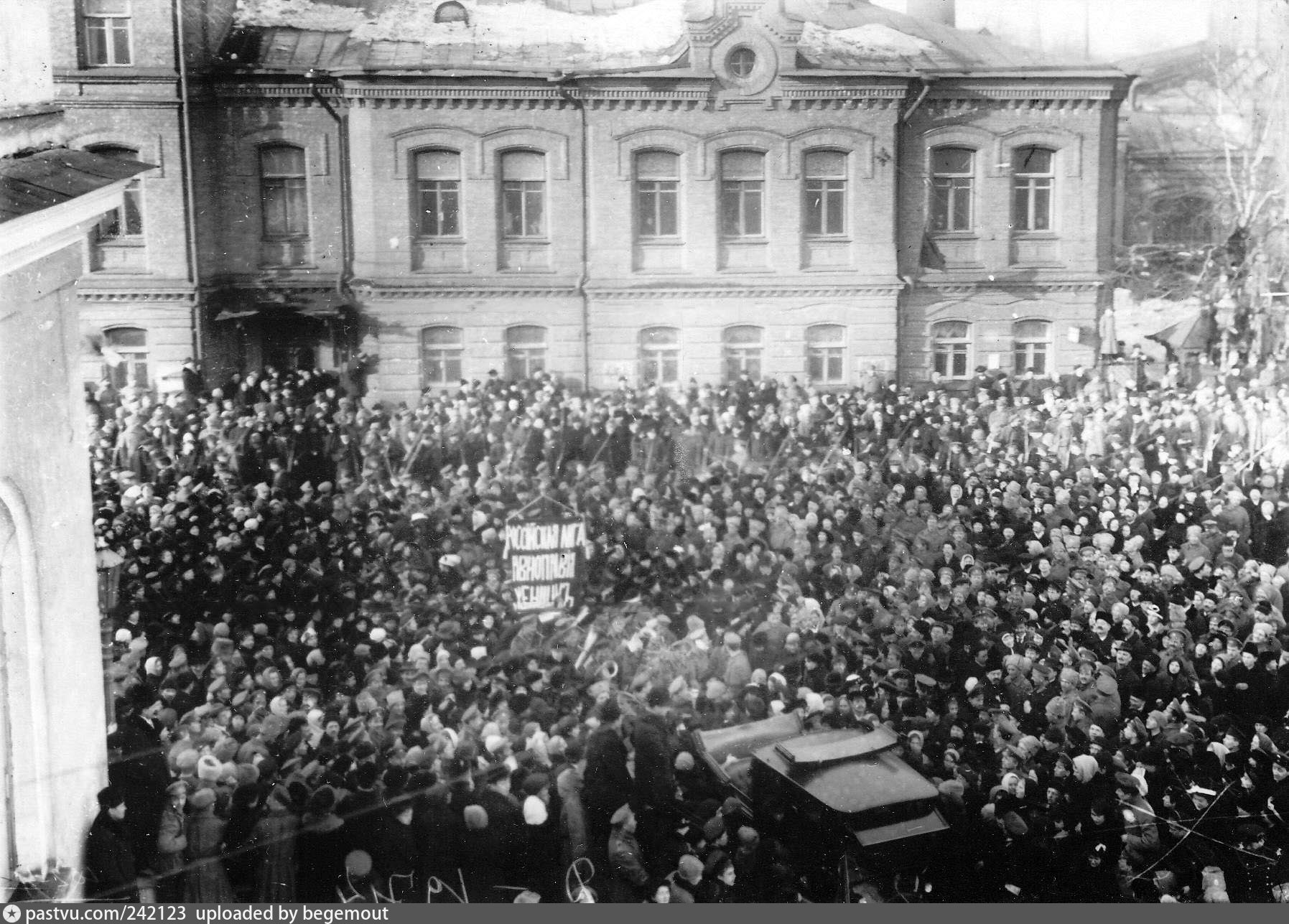

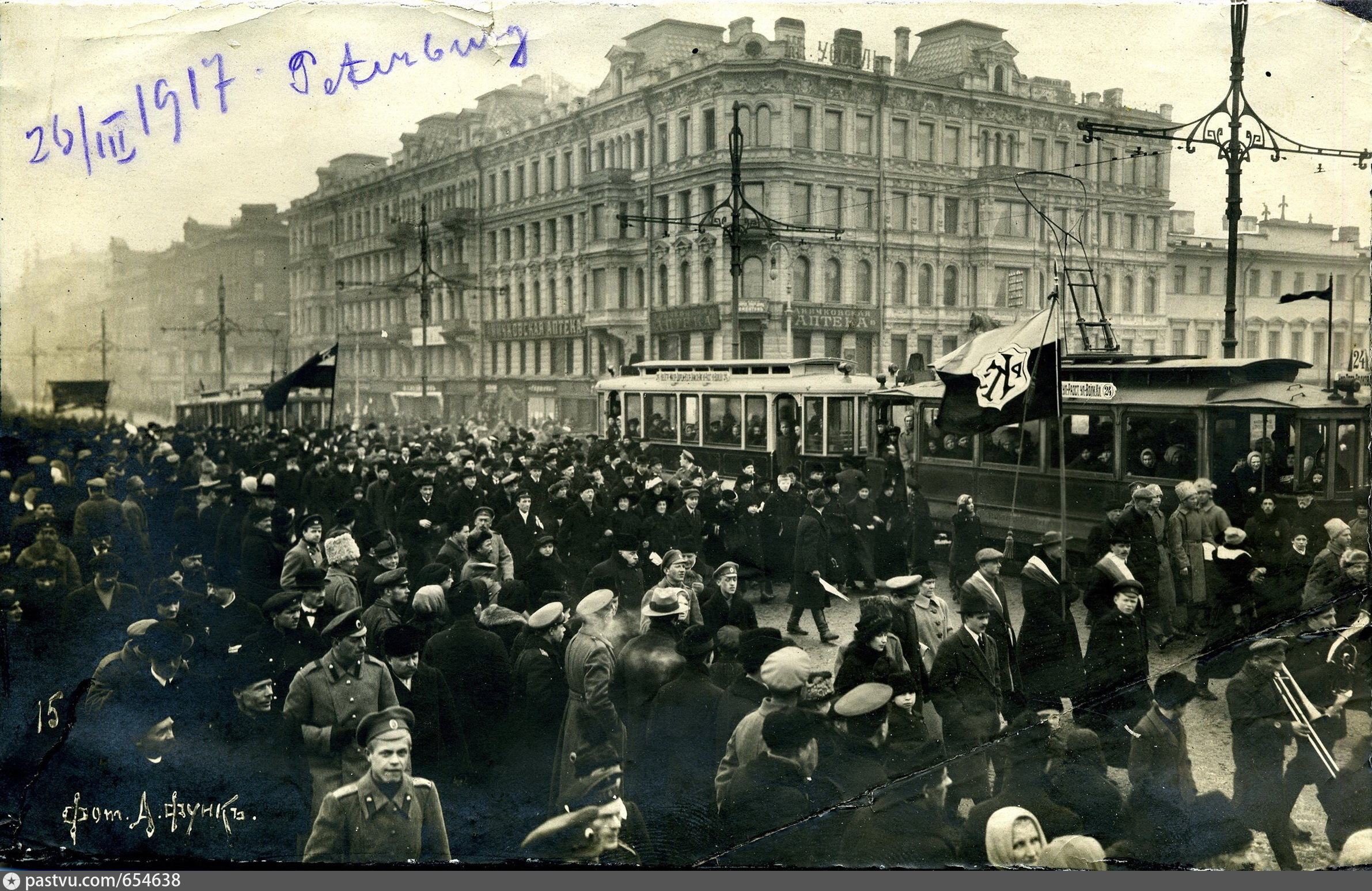

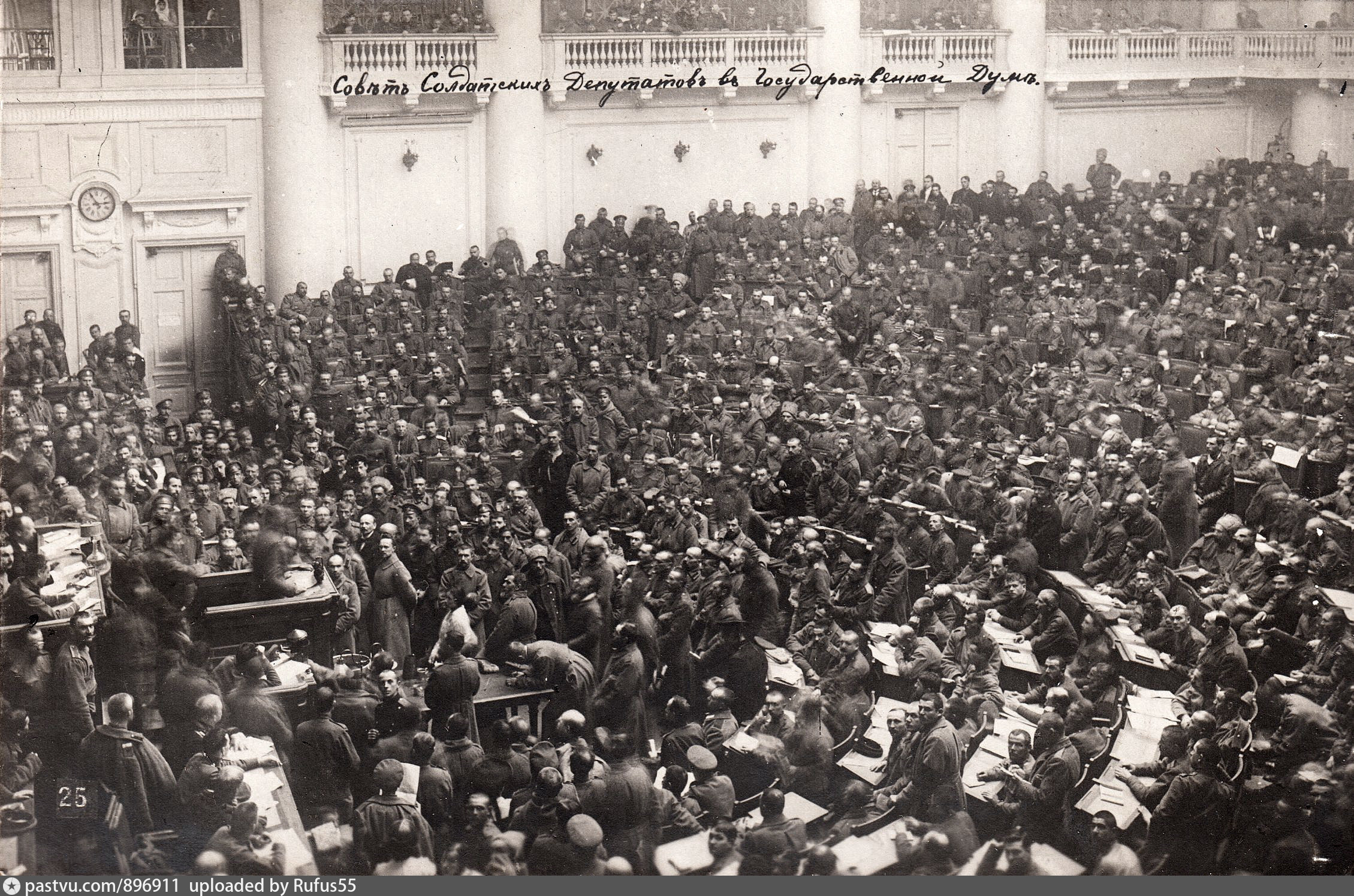
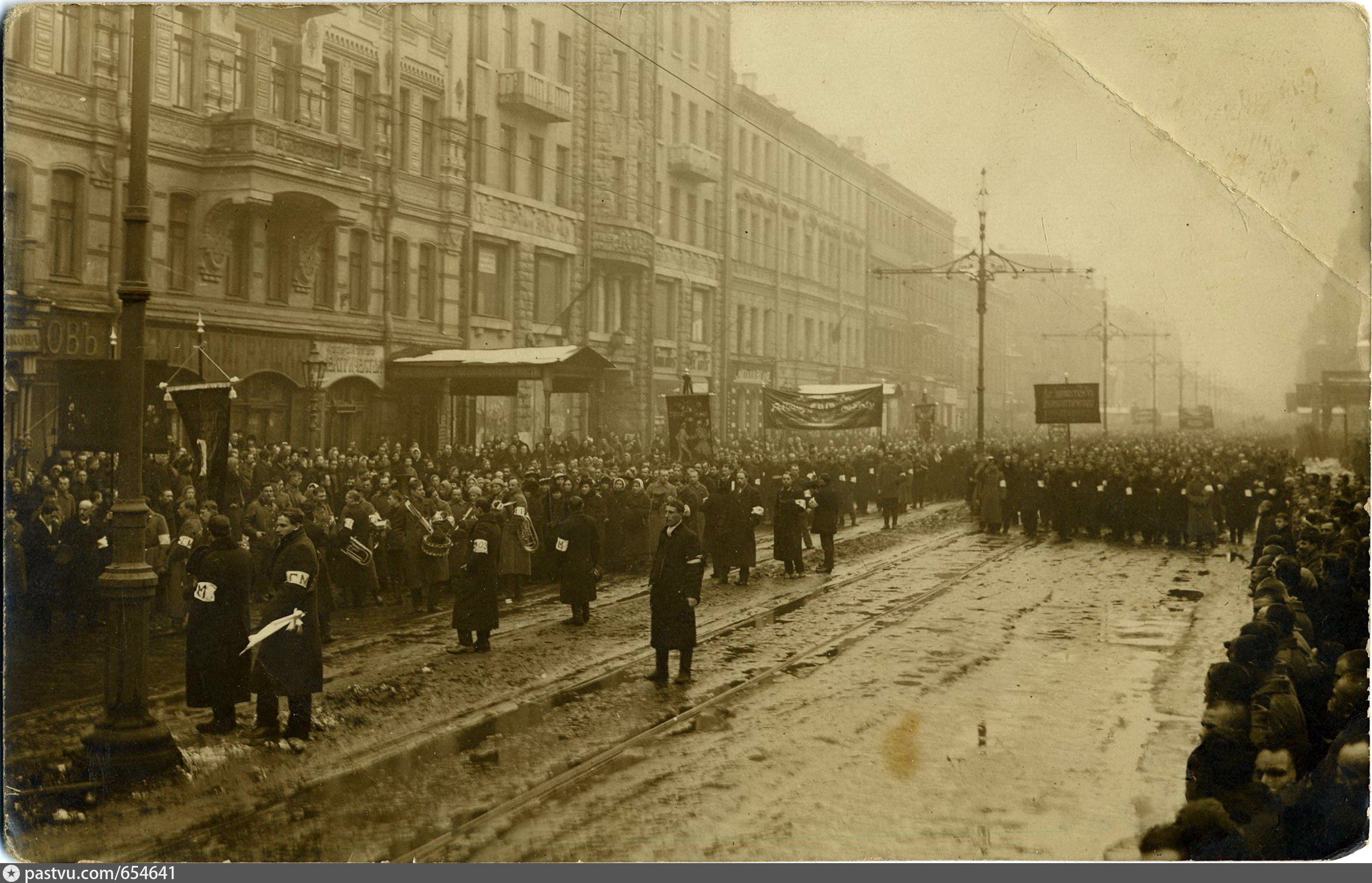

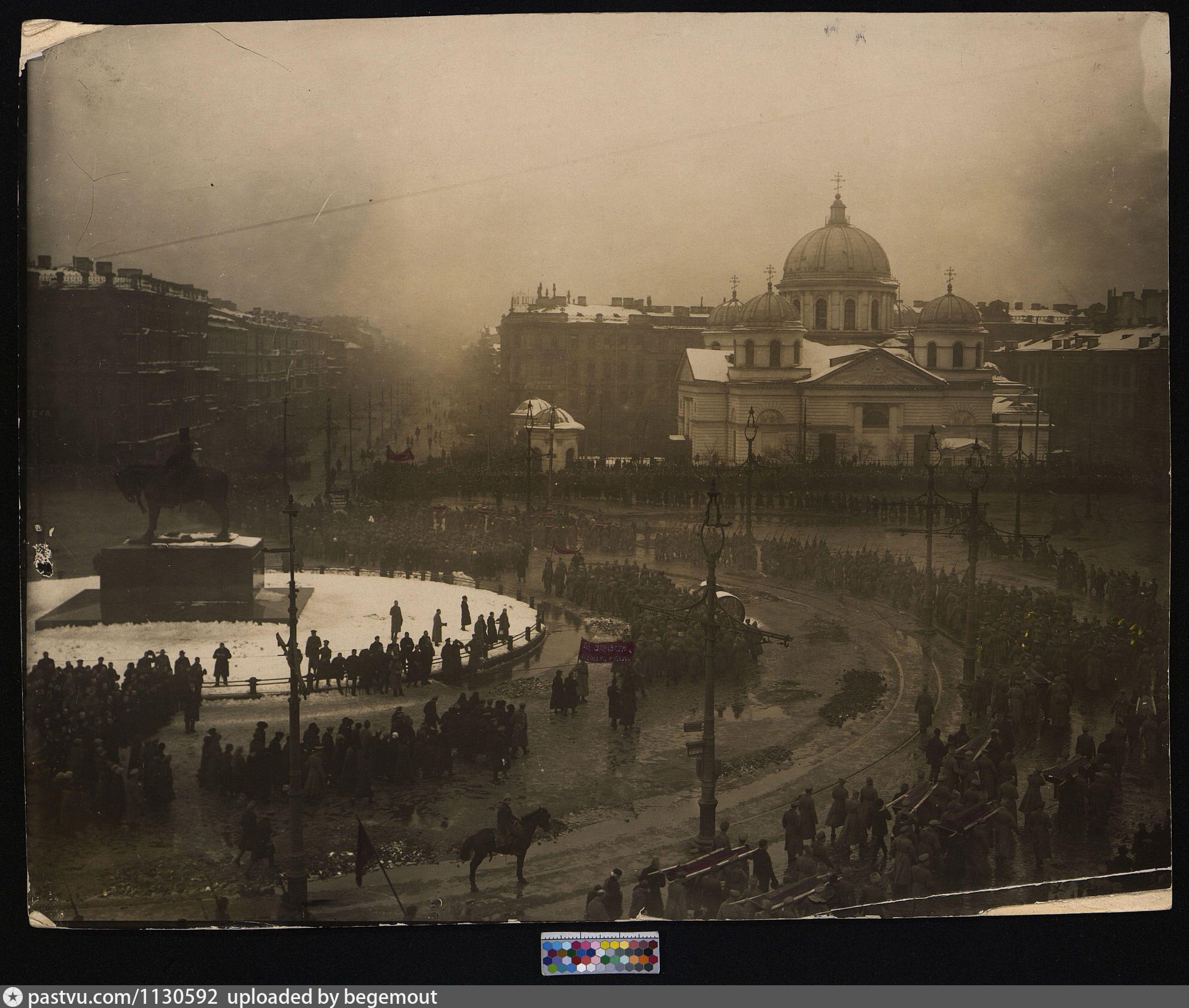

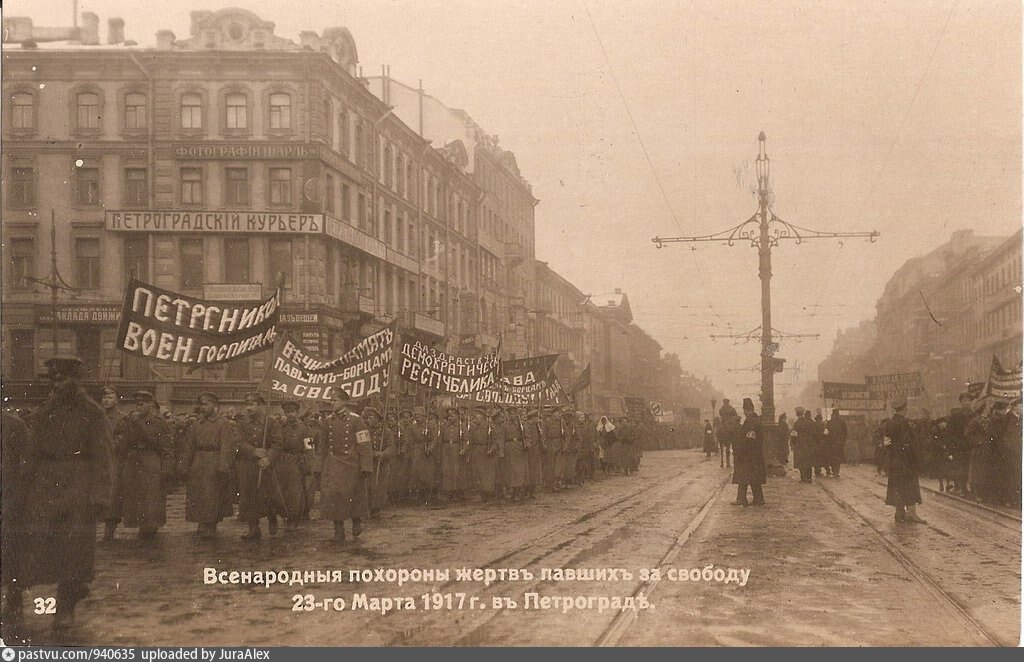

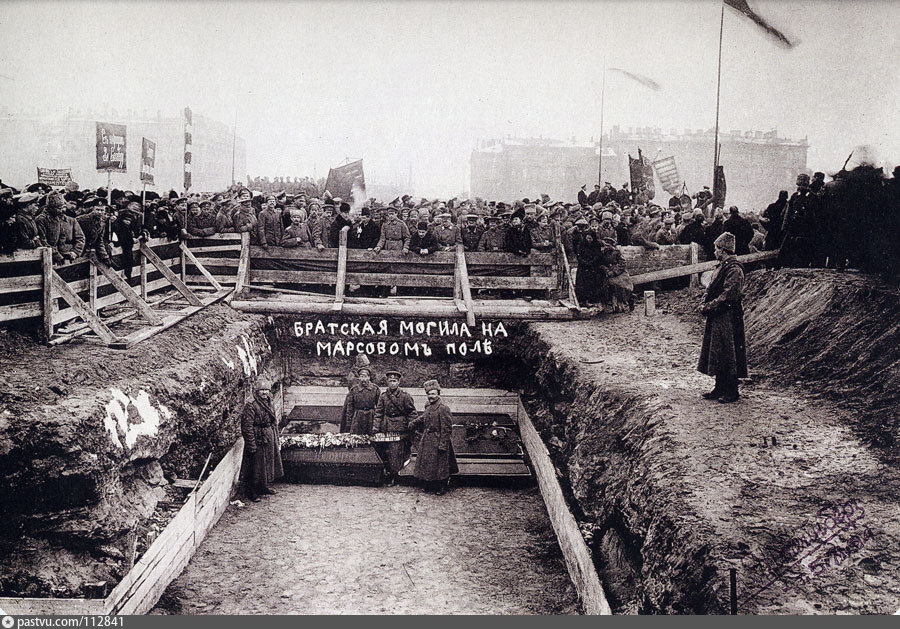



Further events unfolded, but that’s another story.